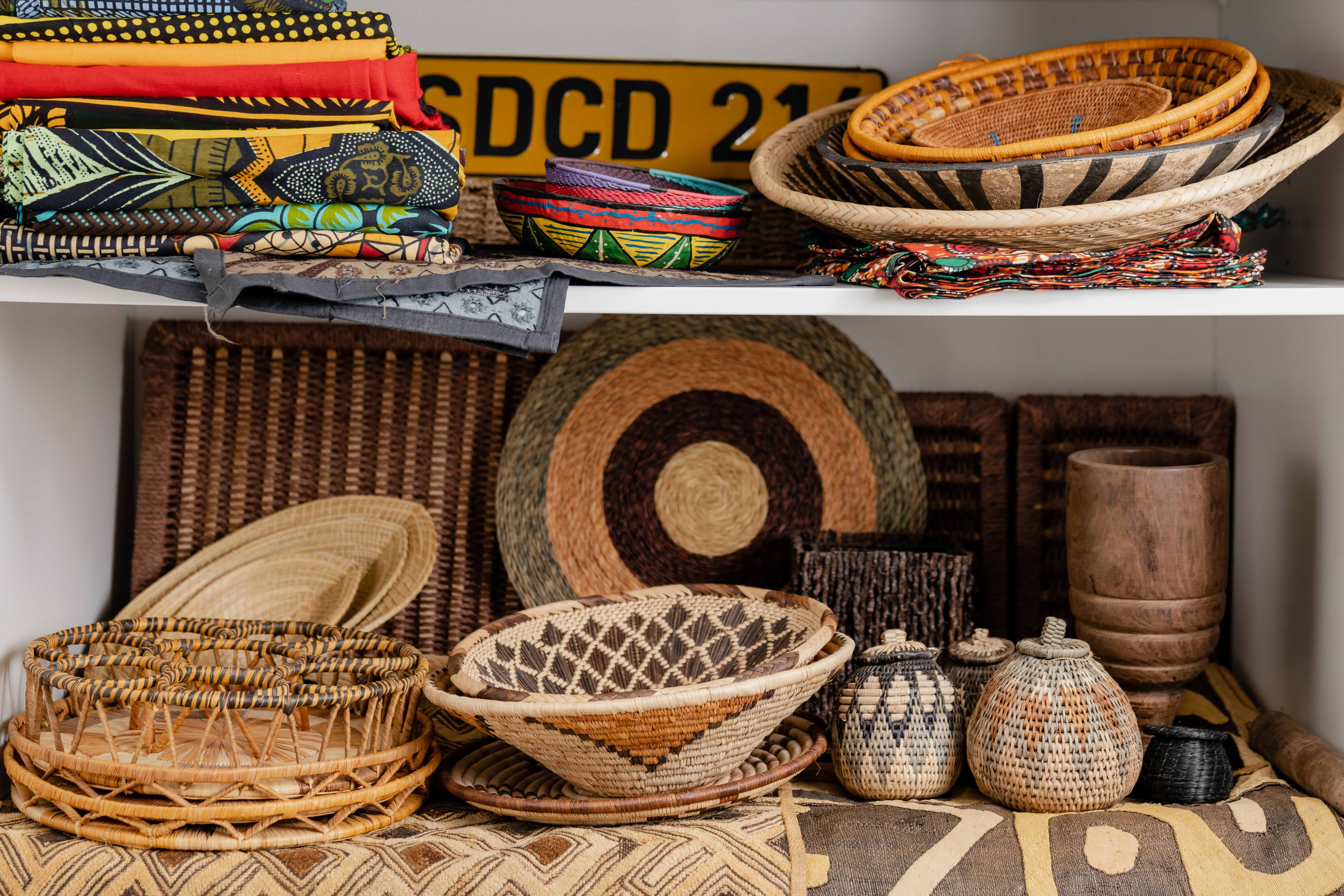We rarely think of clutter as a health issue—but we should, especially when it comes to older adults.
Clutter is more than a nuisance. It’s a hidden safety hazard that undermines independence, increases fall risk, and adds emotional stress for both aging individuals and their caregivers. After nearly two decades leading global HIV/AIDS and women’s health programs, I shifted my focus of work from the clinic to the closet because I wanted to address how profoundly our environments shape our health.
When "Stuff" Becomes Dangerous
Falls are a leading cause of injury and death among older adults. While we often focus on medical risk factors, the home environment plays a huge role. Piles of papers, narrow pathways, and disorganized rooms aren’t just inconvenient—they’re dangerous.
But clutter does more than increase physical risk. It also impacts mental health, sleep, and cognitive function. Disorganized environments raise cortisol levels, impair decision-making, and add to feelings of overwhelm. These effects are especially concerning in older adults who may already be managing chronic conditions or early cognitive decline.
The Caregiver’s Burden
Clutter doesn’t just affect the person living in it—it creates a ripple effect, especially for caregivers.
In my work, I’ve seen adult children—often mid-career professionals, and mainly women—carry the invisible labor of sorting through decades of possessions while managing their own homes and families. The process is emotionally charged, and often becomes a flashpoint for grief, guilt, or conflict.
This kind of stress isn’t typically acknowledged in workplace wellness programs, but it should be. Caregivers are quietly juggling complex emotional and logistical challenges, and clutter is often at the center of that experience.
Not a Personal Failing—A Systemic Gap
We tend to treat clutter as a private or moral issue. In reality, it reflects larger systemic failures—our lack of caregiver support, our insufficient planning for aging in place, and our fragmented health systems.
Clutter acts as data points when studying well-being markers. It can signal declining executive function, untreated depression, or competing priorities. It can be a warning sign that help is needed long before a crisis occurs. And when we ignore it, we miss opportunities for early intervention.
The Environments We Create Matter
As someone who now uses clutter as a lens to explore aging, caregiving, and mental health, I believe this isn’t just about tidying up—it’s about prevention and dignity. The places we spend time in directly impact our health outcomes, and most of those environments are within our power to change.
If we want to help older adults age safely and independently, we must pay attention to the spaces they live in—and support the people who care for them.
Because clutter isn’t just a mess. It’s a mirror. And it’s trying to tell us something.





